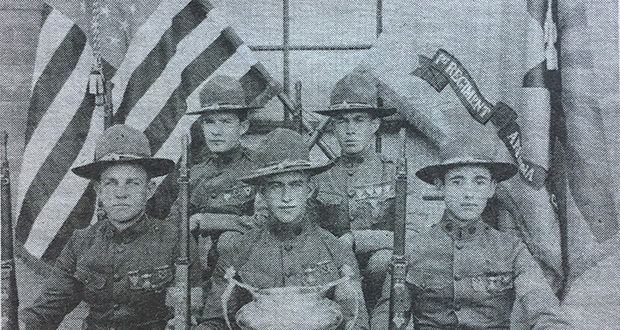Ride a Mile and Smile the While
Arizona Capitol Reports Staff//August 24, 2007//[read_meter]
Gen. Moses Hazeltine Sherman established the Phoenix Street Railway System in 1887. Initially, it used horse-drawn cars. The system converted to electric power in 1893. The cost to ride the...
No tags for this post.

















